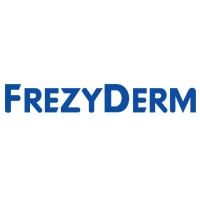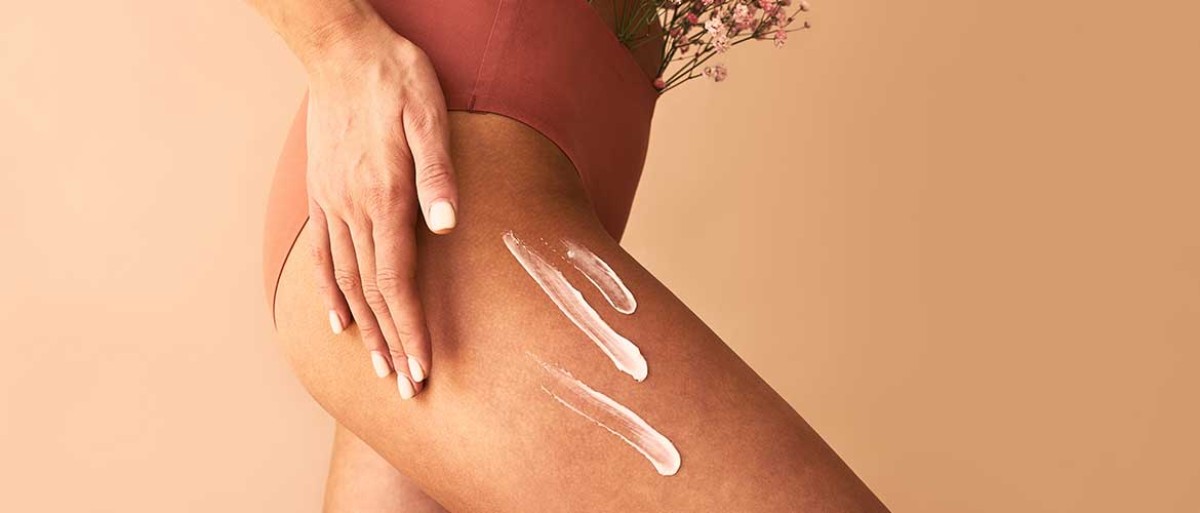The
stretch marks, those mysterious lines that appear on our bodies seemingly out of nowhere, can make us feel insecure and long for smoother, flawless skin. These signs are not unusual and
they affect people of all ages, sizes and genders. Don't worry though! In this article, we will dive into the world of stretch marks, reveal them
causes them, we will identify symptoms and explore various treatment options. So let's embark on a journey to demystify stretch marks and regain our confidence!
What are stretch marks?
Stretch marks, those lines that can appear on our skin, are actually a kind of scar. They appear when the skin stretches or shrinks rapidly due to various factors such as
weight gainThe
pregnancy or even the
muscle building. These signs can appear in various areas of the body, including
belly, of
thighsOf
chest, of
hips and
buttocks, and are initially red or purple in color.
The causes of stretch marks
The
stretch marks they look like insidious invaders but understanding their causes can help us be better prepared. The main culprit behind their appearance is rapid stretching of the skin, which can be caused by pregnancy, puberty, sudden weight gain or loss, and even certain medical conditions such as Cushing's syndrome or Marfan's syndrome. The
hormonal changes during these phases they can also contribute to the development of stretch marks.
Recognizing the symptoms
Detection of stretch marks is crucial for early intervention. Initially, these marks appear as raised,
reddish ή
purple lines on the surface of the skin. Over time, they gradually fade to a lighter color and may become less noticeable. Stretch marks may be slightly indented or have a different texture than the surrounding skin. It is essential to monitor any sudden appearance of these signs and seek appropriate guidance.
Treatment options
While the
stretch marks are generally harmless and disappear naturally over time, there are various treatment options available to help reduce their appearance. Popular treatments include;
topical creams, ointments or oils which can help in
hydration of the skin and its improvement
elasticity of. In addition, procedures such as
laser treatmentThe
microdermabrasion or
chemical peeling may be considered for more severe signs. However, it is important to consult a healthcare professional to determine the most appropriate treatment for your particular situation.
Prevention is the key
Η
taking preventive measures to prevent stretch marks can make a significant difference in the long run. Maintaining a healthy lifestyle with a
balanced diet, regular exercise and hydration can help maintain it
elasticity of the skin. Gradual weight gain or loss is also recommended rather than sudden fluctuations. During
pregnancy, using specialized creams or oils can help keep the skin hydrated and reduce the chances of stretch marks.
The
stretch marks they may be an unwanted addition to our bodies, but they do not define us. Remember that these signs are a natural part of life and often fade over time. Embracing self-love and acceptance is essential in our journey towards
positivity of the body. However, if stretch marks are causing you discomfort, don't hesitate to explore treatment options or seek professional advice. Our bodies are unique and beautiful, stretch marks and all!













